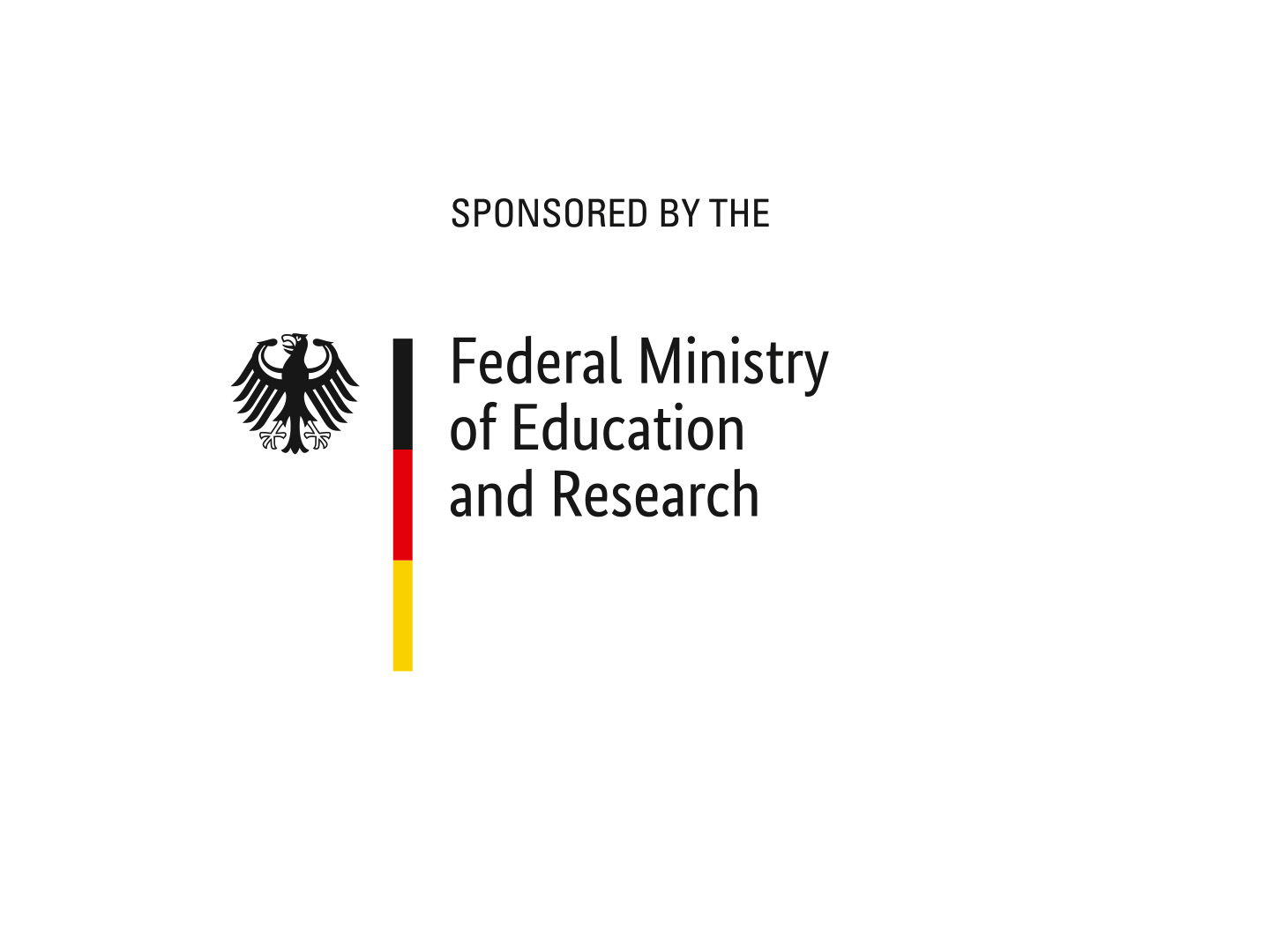Since plastics consumption is set to increase in the future, it can be assumed that their release into the environment will also continue to increase. Even today, around 8 million metric tons of plastic are released into the oceans at the end of their life cycle (Jambeck 2015). Due to their distribution by wind and water and the durability of plastics, they can already be found throughout the environment today. Based on the current use of plastics, projections by the World Economic Forum show that the ratio of plastics to marine biomass will be almost equal in 2050. That would mean: By 2050, the oceans will contain the same amount of plastics as animals and plants.
Procedure in the project
In order to prevent this future scenario, joint solutions must be developed by science, industry, and consumers. Quantitative standards for evaluating the problems and possible alternatives for action are an important basis for this. The PlasticBudget project is therefore divided into two parts:
- Development of a budget approach that can be used to determine the permissible global total quantities in water bodies and the annual per capita emissions of plastics into the environment.
- Development of an impact assessment methodology with corresponding environmental indicators in order to consider the plastic waste problem in environmental auditing.
Similar to the balance calculation for greenhouse gases in the climate problem, reference variables such as plastic equivalents are developed as a basis for decision-making. The findings from the PlasticBudget project could be incorporated into the German sustainability strategy, into the European circular Economy processes, or into the implementation of the Marine Protection Framework Directive (MSFD).
Exchange with stakeholders
In order to take into account and reflect subjective factors such as the aesthetics of plastic waste, citizens’ expectations, damage to the image of the plastics industry, and the value of plastics in method development, important actors and stakeholders will be involved in the working process during the project. To this end, citizen dialogues, stakeholder dialogues, expert interviews, and workshops will be conducted. A permanent advisory board with representatives from politics, science, industry, and civil society will ensure the scientific quality of the method development.
 Fraunhofer Institute for Environmental, Safety and Energy Technology UMSICHT
Fraunhofer Institute for Environmental, Safety and Energy Technology UMSICHT